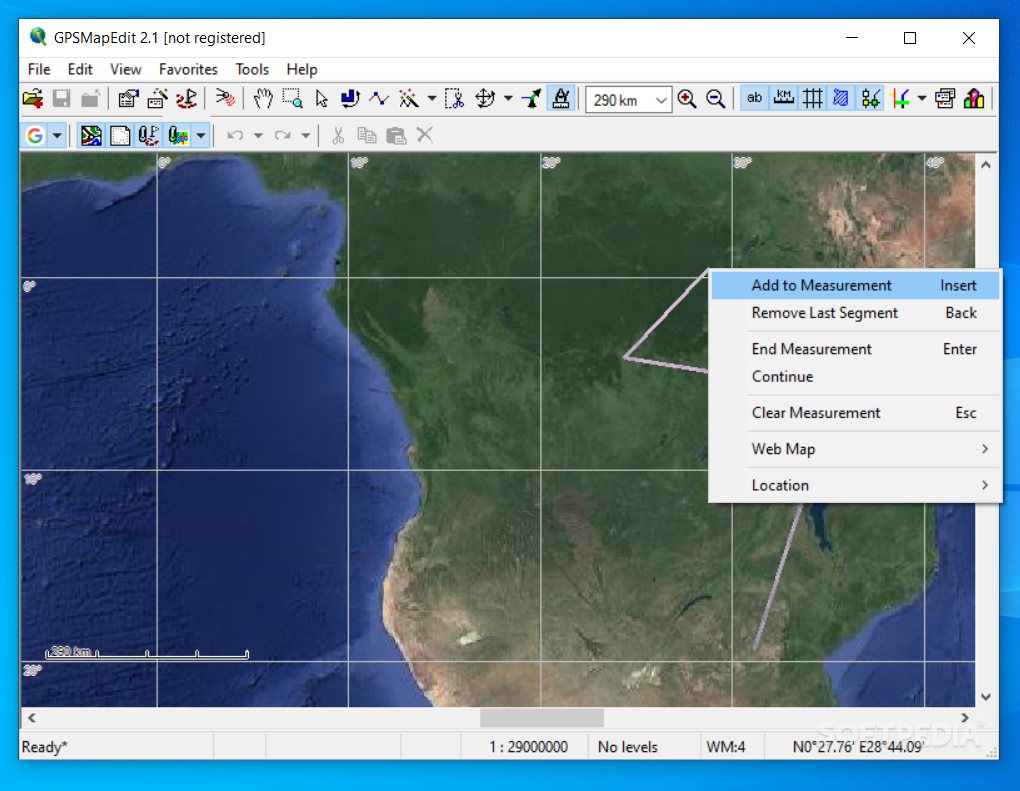


For me it is “zanzito/13feb7399985ef2c/location”, but the id part will be different in your own setup. This is the topic your created by Zanzito and sent to mqtt. Insert this address, ending with “.node.intern” into node-RED as the mqtt server:Ĭlick on “Add”, then add the topic the mqtt input node should subscribe to. You can find it under Settings => Advanced, at “Connect other containers”. Since both containers run on the same network, we can improve performance by using the the internal connection string of our mosquitto container. A double-click opens the settings of this node where we can enter the information of our mosquitto broker. Next we choose the input node “mqtt” from the left side and drag+drop it to our flow (the empty area in the center). Once node-RED is running, we can open the configured URL by clicking on “View”. We are ready to ship and click “Update project”. The dockerfile of node-RED does not define a volume, but we want our data to be persistent so we add the volume manually.
GPSMAPEDIT POLYLINES NODES FOR ANDROID
Zanzito is a powerful app for Android phones to send sensor data of your mobile to an mqtt broker.Īfter installation check Preferences=>MQTT Connection and enter the information of our broker (Port will be different for your broker): Our message broker is ready to receive data, but simple sample data is boring, so we will use some dynamic data from our smartphone. You can also have a look on the Log tab to check if everything is fine, publish some data etc.

This will pull some information of the mosquitto broker. You can get this information by clicking the copy symbol from the sloppy.io Web UI.Ĭlick Connect then choose the “Broker Status” tab and click “Subscribe”. After installation of mqttfx insert the TCP connection as broker address and port. Let’s test if the broker is working by using an mqtt client. If not, check our article about debugging containers. volumes: /mosquitto/data, /mosquitto/log (should be automatically set)Īfter a few seconds the mosquitto message broker is up and running.The two necessary volumes are configured automatically, so we can go aheadand click on “Deploy Project”. Under Networking choose “tcp” as protocol, as mosquitto is a service which needs to receive it’s data via TCP. This makes sure that after a restart of the container the same version of the image is started. Because we don’t like surprises (the default ‘latest’ tag might break our app after a restart), we set the tag of the latest version, here 1.5.4. Now name the app “mqtt” for and choose the official eclipse-mosquitto image from Docker Hub. Click “Create a new project”, name the project something like “mygps” and the service “tracker”, then go to the settings of the first app by clicking “settings”: Let’s start with deploying mosquitto in a new project. a sloppy.io Account to start the needed docker containers.node-RED to connect mosquitto with open street map.
GPSMAPEDIT POLYLINES NODES FREE


 0 kommentar(er)
0 kommentar(er)
